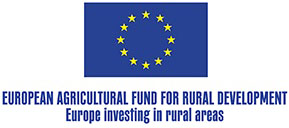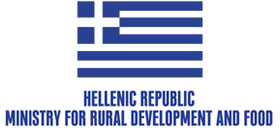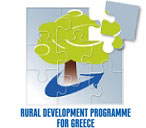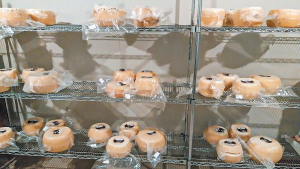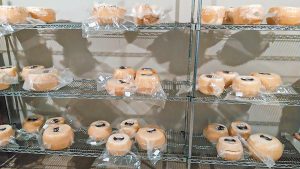
“GRAVIERA PRO”: The innovative probiotic cheese created through collaboration between scientists and producers
A fresh approach to cheesemaking that balances flavor and health
By Tania Georgiopoulou
The Dairy Laboratory of the Agricultural University of Athens, in collaboration with the Agricultural Livestock Cooperative of Voio in Kozani and under the coordination of GAIA EPICHEIREIN, joined forces under the Operational Group “GRAVIERA PRO” and created a new cheese that really stands out. A key factor in this effort was the support from Measure 16 “Cooperation”, which promotes scientist–producer partnerships, funded by the European Union.
The program began in August 2023, runs for two years, and concludes on 31 July 2025. The program’s coordinator, Associate Professor Katerina Moschopoulou, spoke to “YX” about the key takeaways from this successful project.
– Can you describe the process you followed to create this new cheese?

The process does not differ much from the one followed for “regular” cheese, what we call the control cheese. In Greece, cheese is mostly made from pasteurized milk. Pasteurization is a mild thermal treatment: the milk is heated to 72° C for just 15 seconds using a special device called a pasteurizer. However, this treatment kills the natural lactic acid bacteria – microorganisms that ferment lactose and produce lactic acid – present in the milk.
Once the milk is pasteurized, these natural bacteria are effectively destroyed, but we still need them to start the fermentation process and produce lactic acid. This acid strengthens the draining stage of the fresh curd and contributes to the initial flavor of the cheese.
In other words, these microorganisms are essential, and that’s why we use starter cultures of lactic acid bacteria. For the cheeses in this program, alongside the lactic acid cultures, we also added propionic bacteria and, later, in the program’s second cycle, probiotics. The propionic bacteria act as a secondary culture and are responsible for the characteristic large holes in the cheese.

– So, this all led to the creation of a “new” cheese?
Yes, through the use of secondary cultures combined with certain technological interventions during cheesemaking and ripening, a “new” cheese was created: a sheep’s milk graviera with different organoleptic characteristics compared to the other cheeses produced by the Voio Cooperative.

– You mentioned running trials by adding propionic cultures first and then probiotics. What were the results?
We measured the population of probiotics – which are considered to offer a variety of health benefits, such as gastrointestinal protection and anti-inflammatory and even anti-cancer effects – both in the first month of production and after three months, when the cheeses had matured and were ready for the market.
We found that the probiotics survived in the cheese even after three months.
This means that a consumer who eats this cheese after a three-month ripening period would ingest probiotic microorganisms in a quantity beneficial to their body. Furthermore, recent studies indicate that propionic bacteria, also present in the cheese, may also be considered probiotic.
Additionally, the cheese with propionic cultures showed increased antioxidant capacity in iron binding, meaning it demonstrates antioxidant activity. It also contains more propionic acid, a natural preservative, allowing it to stay in excellent condition for up to a year.
That said, I would like to emphasize this: We need to be cautious with cheese consumption, as it is high in fat. Regarding probiotic microorganisms, since cheese can be stored for a long time before consumption, we cannot be certain how long the probiotics continue to survive beyond the three months covered by our measurements.

– What would you say were the main outcomes of the program?
Overall, combining sheep’s milk with propionic bacteria resulted in a very high-quality graviera. The cheese has a great profile in terms of flavor and appearance for the consumer. It also seems that the technological interventions we implemented to develop and preserve the propionic bacteria in the cheeses from the first production cycle gave them additional positive features – especially in terms of culinary uses. For instance, they make excellent saganaki (fried cheese), as they don’t melt easily.
– Does the Cooperative now have a protocol or recipe to replicate the production?
Yes, they have the deliverables for the first-cycle cheeses, which detail the cheesemaking process and the various interventions applied. And they will soon be receiving the final flowchart, which they will implement in future production.
